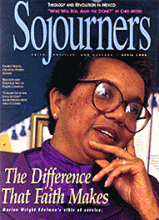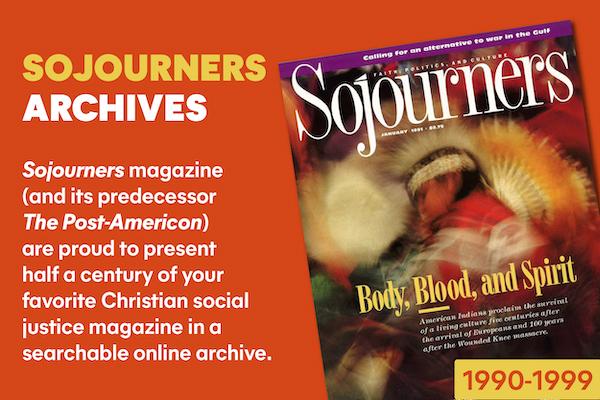Following the beating of Rodney King by white police officers in Los Angeles, Rev. Dr. Peter Ives, a local minister, came to my office looking somber and troubled. "I am deeply disturbed about what has happened in LA," he told me. "And I am deeply disturbed about what is happening elsewhere in the country."
I knew Peter Ives only by reputation. A progressive pastor, he had stirred up good trouble by building multiracial coalitions in New Haven, Connecticut, before coming to Northampton, a small, predominantly white city of 35,000 people in western Massachusetts. He was known not only for preaching fine values, but also for living what he believed; he took considerable heat for doing so.
"I am feeling called once again to respond to the sin of racism, and I want you to help me," he said. Pained by the persistent, ugly face of racism in this country, I agreed to join forces with him.
Concerning racism, Peter and I both felt "under the weight" of the problem, as Quakers would say. But as we talked, it became clear that we wanted to do more than simply respond to the Rodney King beating and other daily atrocities. We wanted to be proactive and initiate a series of activities and events that would confront the evil of racism directly.
We talked about how to make the struggle against racism the centerpiece of community life in our city for one year. We wanted to inspire local people from all sectors of the community to grapple with this painful and chronic issue and to become active in the struggle for change.
Read the Full Article

